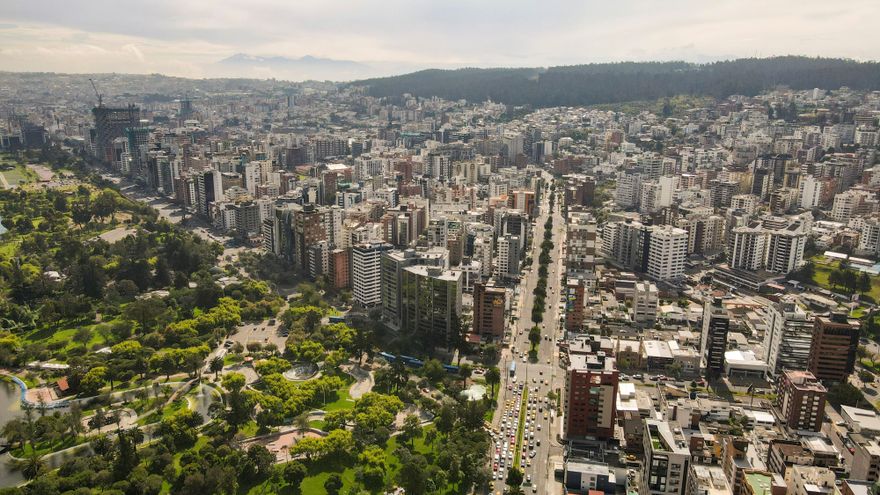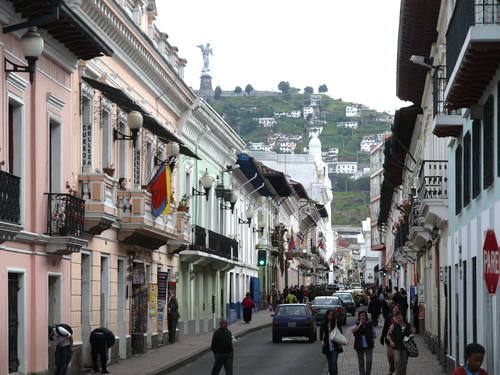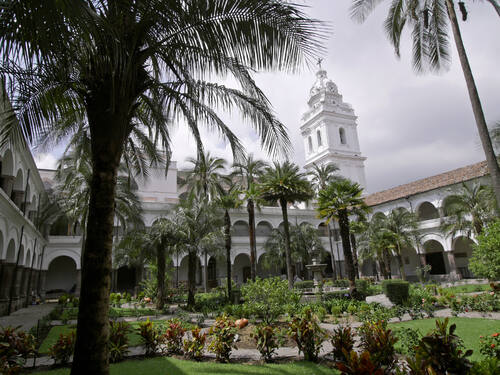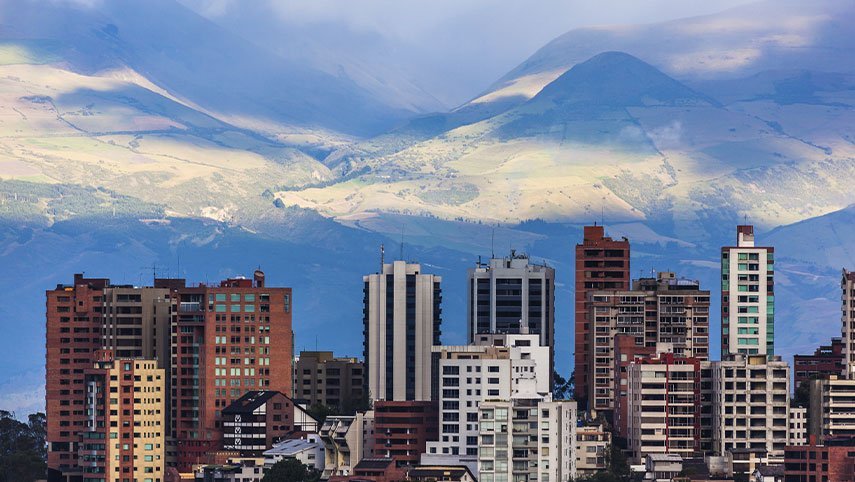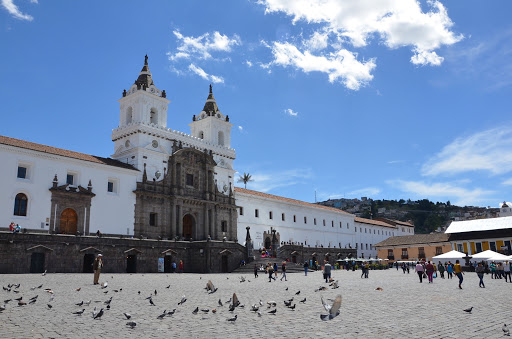RIO DE JANEIRO, BRAZIL – Quito, the first American capital to be declared a World Heritage Site by UNESCO, is a magical city nestled in the Andes, which can be admired from the sky and through its temples syncretized by time.
But, undoubtedly, the best thing about Quito “is its people”, because they are “friendly and affectionate with the visitor”, commented tour guide José Luis Rodríguez, who considers that this city has great potential to become an unavoidable destination for foreign tourists.
According to him, it is enough to get to the Plaza de la Independencia, in the heart of the historic center, and go up to the dome of the Metropolitan Cathedral to begin to see Quito from above.
Another of the iconic viewpoints of downtown Quito is El Panecillo (colonial name), at the top of which stands the sculpture of a giant virgin (the Lergarda) on an Inca monument, in a clear sign of cultural syncretism of the Andes.
The sculpture, 41 meters high, perches on a sphere that seems to emerge from the Inca building and from where the tourist can observe the grandeur of the Ecuadorian capital.
Almost in front of the Panecillo rises another small hill of 2,929 meters, called Itchimbía, crowned in its plain by a majestic convention center known as the “Crystal Palace”, with a 360-degree view to admire the historic center and the modern north of Quito.
The Itchimbía is presented as a large park, but there are also residential areas where exclusive restaurants offer typical city and international cuisine dishes.
Nearby, the exclusive Gonzalez Suarez neighborhood is the gateway to the viewpoint of Guapulo, a bohemian, artistic, and religious neighborhood, tucked in the bend of a great descent to the valleys and starting point of the Interoceanic Road, the one used by Francisco de Orellana in the sixteenth century to go through the Amazon to the Atlantic.
In the historic center, some buildings have the conditions for tourist viewpoints, such as the Mama Cuchara hotel, in a cozy neighborhood of the colonial quarter that is also a refuge for artists and skilled artisans.
This neighborhood, whose shape seems to be the mother (Mama) of all spoons, leads to the traffic circle where the hotel stands and its “rooftop”, which allows you to enjoy an excellent bar with a 360-degree view of the historical center of Quito and from where you have a direct view of the virgin of El Panecillo.
Just when the historic center begins to get lost with Quito’s modernity, a little further north stands the Basilica del Voto Nacional, a Gothic church crowned by towers one hundred meters high, whose top is climbed by a spiral staircase.
On the way up the staircase, the visitor can admire the city through the small oval and round windows, which resemble the eyes of its mighty walls.
On the slopes of the mountain and a little further south stands the Templo de la Patria, a museum that tells the story of the Battle of Pichincha in 1822, the most important freedom action of Ecuador, which sealed the country’s colonial independence.
The so-called Cima de la Libertad evokes the independence declaration. It is also a museum about the military history of the country and a tourist viewpoint that marks the umbilical union of the Quiteño with his identity of mountain and sky.
But if one wants to go to the sky itself, Cruz Loma is the right place, at 4,050 meters high, very close to the top of the Guagua Pichincha volcano. The Ecuadorian capital rests at its feet, with all its splendor and its best allegories.
And although the altitude may eventually affect breathing, a modern cable car connects Cruz Loma with the city, in a journey along the mountain’s contour, rising over 2,500 meters, whose comfortable journey takes about ten minutes.
From the cabins, you can appreciate the grandeur of the city, which is enhanced by its viewpoint, from which you can see the snow-capped volcanoes that surround the capital, such as Cotopaxi, Antisana, and Cayambe, all three aligned from south to north.
Many people go to Cruz Loma to walk the trails that lead to the Guagua Pichincha volcano in a relatively short route, and that, from that part of the sky, appears as a colossus that protects Quito.


